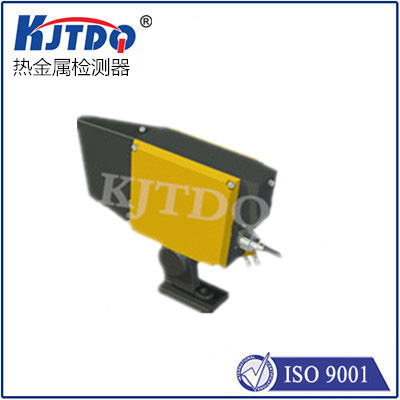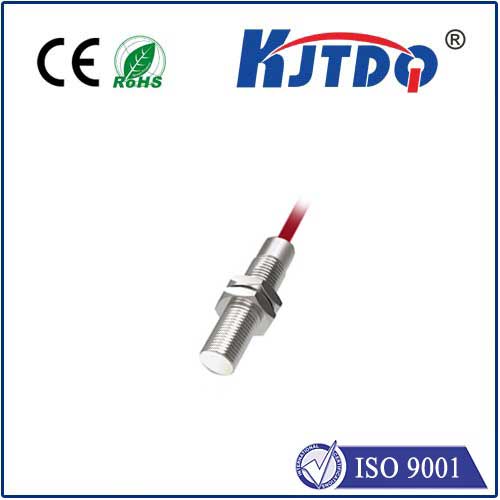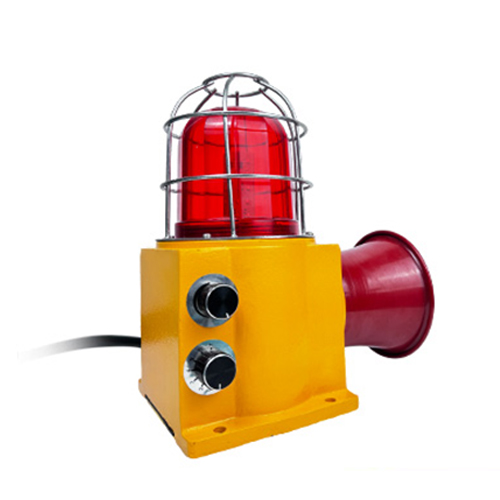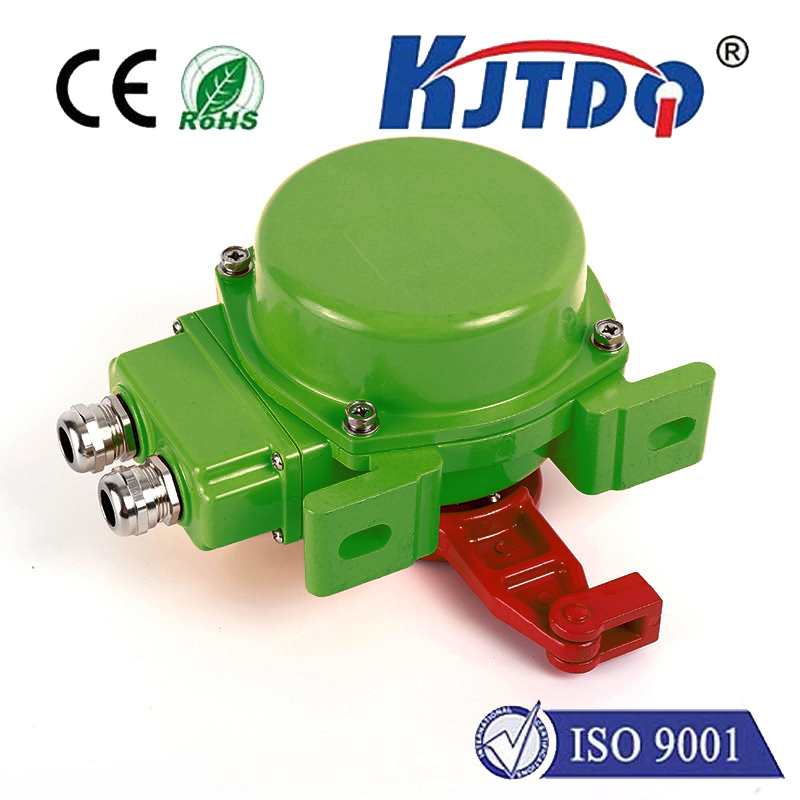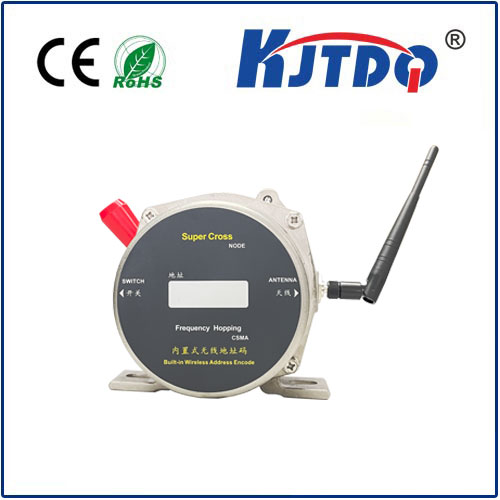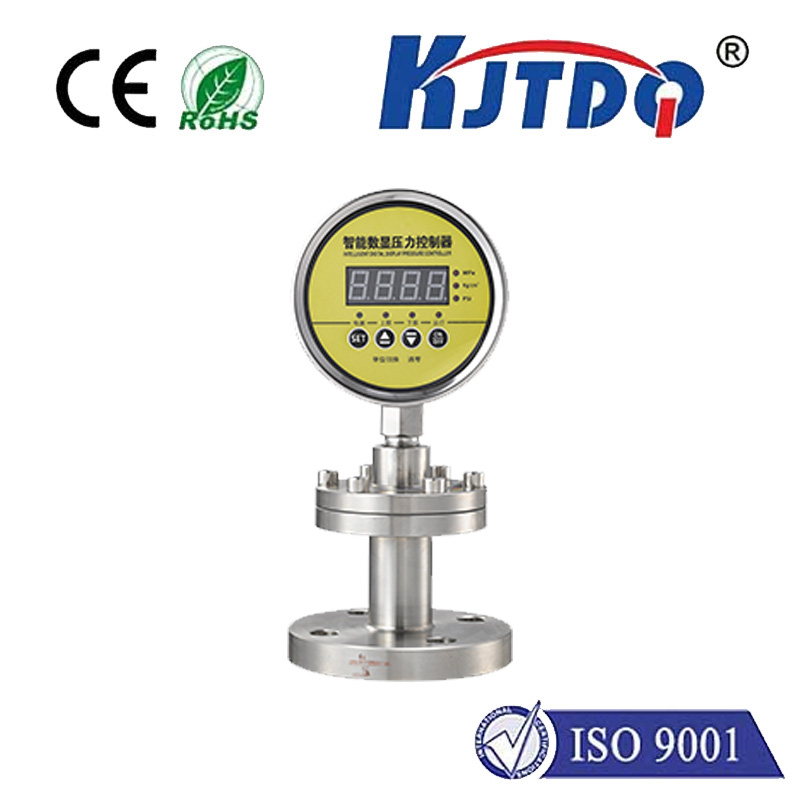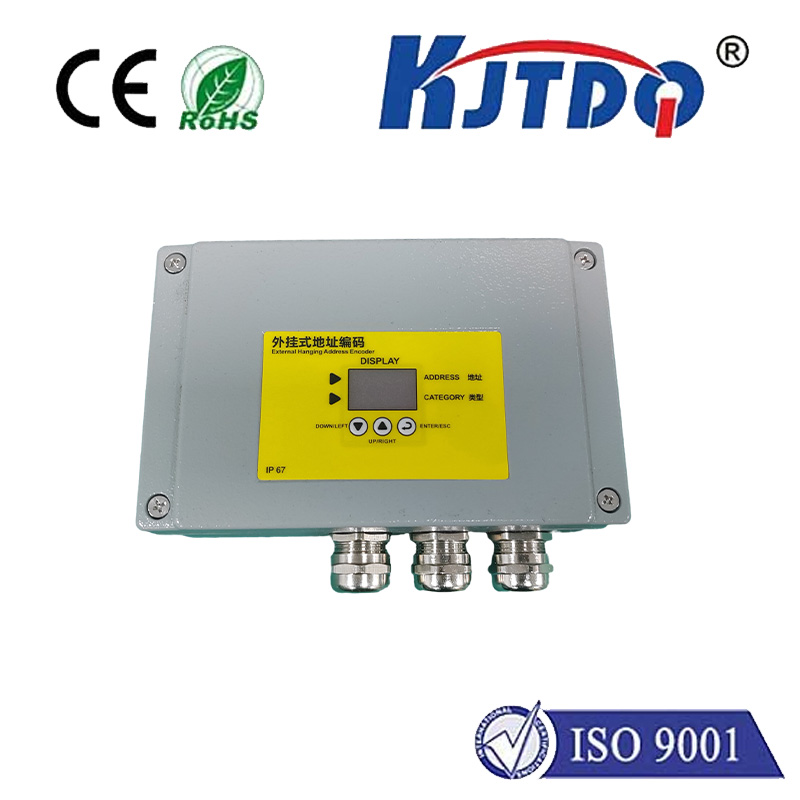

check

check

check

check

check

check

check

check

check

check
In a bustling bottling plant, a single misaligned container triggers a cascade of shutdowns, costing thousands per minute. This chaos is preventable with one critical innovation: photoelectric sensors equipped with time delay technology. By integrating programmable timing functions into detection systems, engineers transform reactive processes into orchestrated workflows. These sensors deliver unprecedented precision in high-speed automation, minimizing errors and maximizing uptime.
Photoelectric sensors detect objects, distances, or positions using light beams (infrared, visible, or laser). When combined with a built-in time delay circuit, they gain the intelligence to withhold or extend output signals after detection. For example:
Conveyor jams often occur when debris or vibrations create momentary interruptions. A 0.5-second off-delay filters these anomalies, ensuring systems ignore harmless events—reducing downtime by up to 20%.

In automotive assembly lines, sensors with on-delays coordinate robotic arms to weld parts only after components settle into position. This sequential timing boosts throughput while preventing collisions.
Light curtains with off-delays keep machinery idle for 3 seconds after an operator exits a hazardous zone. This fail-safe interval reduces accident risks, complying with ISO 13849 safety standards.
Consider these factors for optimal performance:
Plants using delay-enabled sensors report 30% faster cycle times and 40% fewer false stops. A food processing facility reduced product damage by delaying conveyor reversals until misaligned items cleared the zone. Similarly, warehouse automation systems leverage off-delays to ignore fleeting shadows from overhead cranes, sustaining uninterrupted logistics flow.
With Industry 4.0, IoT-enabled photoelectric sensors now feature programmable delays via cloud platforms. Predictive algorithms adjust timing dynamically based on machine learning—anticipating bottlenecks in real-time. As latency shrinks to microseconds, these innovations pave the way for fully autonomous smart factories where precision timing is synonymous with competitive advantage.
In an era where milliseconds define margins, time delay photoelectric sensors transform detection into decisive action—making them indispensable for automation that demands reliability, safety, and uncompromising efficiency.
